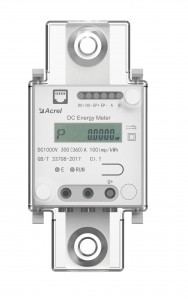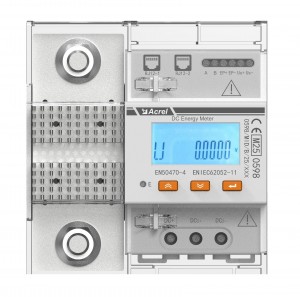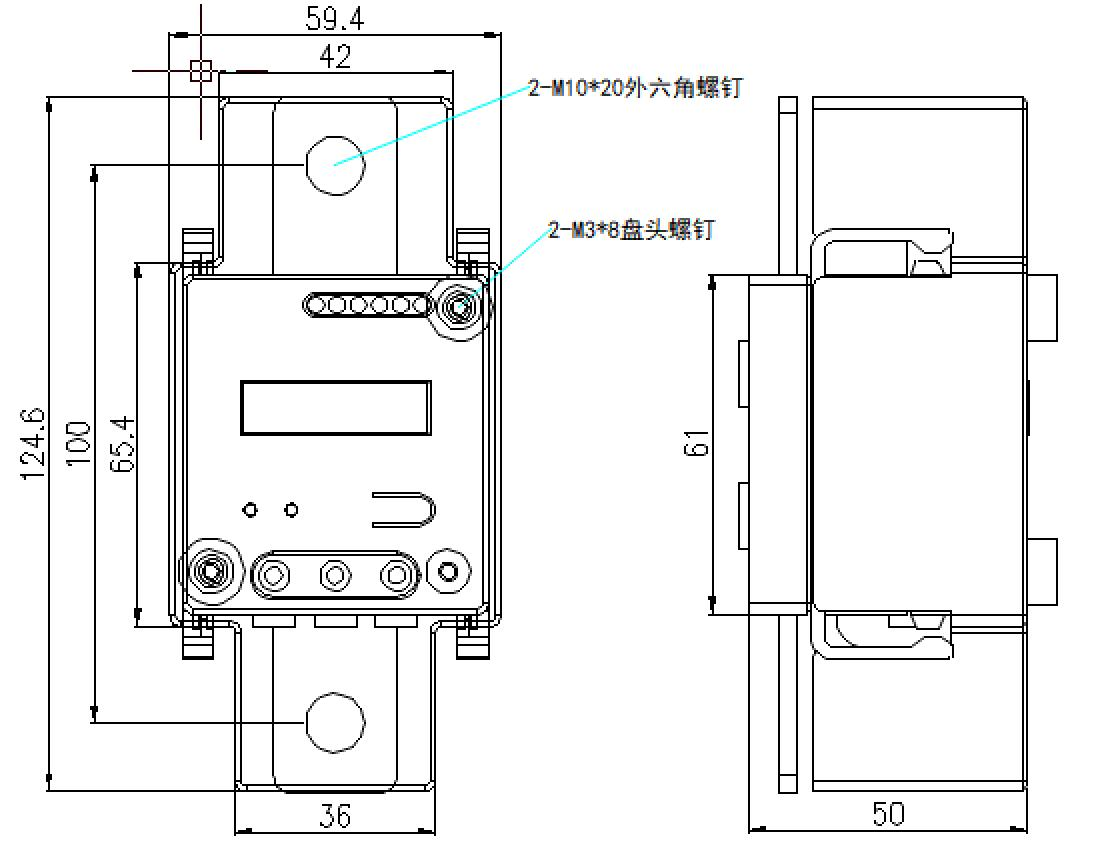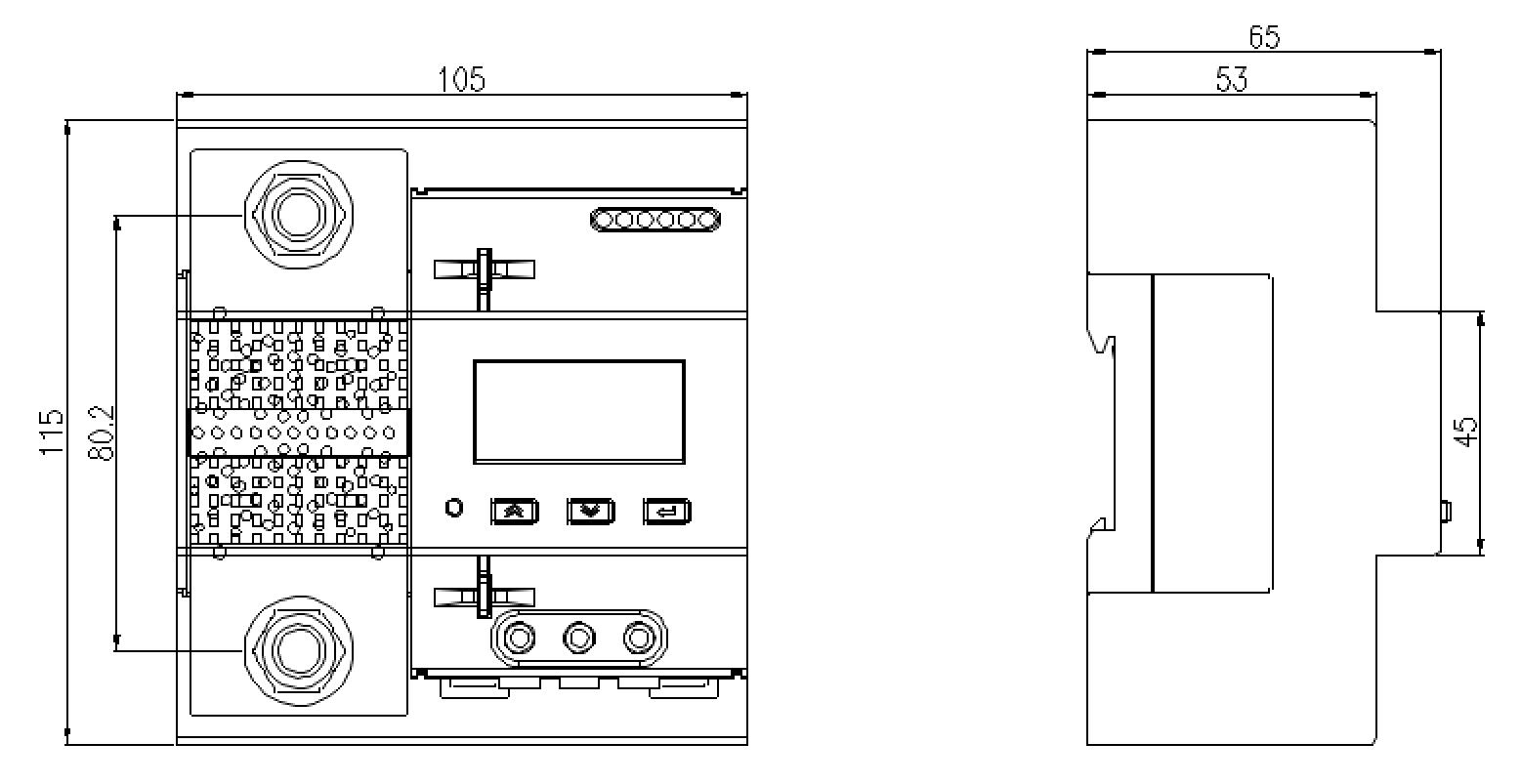In the era of new energy, the demand for car charging stations is increasing. Many highway service areas and urban public parking lots have installed DC charging stations, and some large industrial parks are also equipped with charging stations to meet the charging needs of new energy vehicles.
Accurate measurement and stable operation of DC charging stations are crucial. The DC energy meter, as the "soul" of the DC metering system, plays an important role in accurately measuring electrical energy, ensuring accurate billing, monitoring the charging process and charging station equipment status, and exchanging data with the backend management system in DC charging stations.
The Acrel DJSF1352-D rail mounted DC energy meter (integrated) has become the preferred choice for charging station equipment due to its high precision, easy installation (built-in shunt), and compatibility with multiple protocols. Below, we will provide you with a comprehensive understanding of the "smart brain" of this charging station, from its functional highlights to practical guidelines.
Why Choose Acrel DJSF1352-D DC Energy Meter?
The DJSF1352-D rail mounted DC energy meter is mainly designed for DC charging stations and can measure voltage, current, power, and electrical energy in DC systems. The product has the following four highlights:
• Designed specifically for charging station DC systems: adapted to DC charging station scenarios, supporting core parameter measurements such as voltage (0-1000V), current (300A/600A), power, and energy, real-time monitoring of energy data during the charging process, and precise control of energy flow.
• Industrial grade reliability: Wide temperature working range (-40 ℃~+70 ℃), fearless of extreme environments. Strong overload capacity: can operate continuously at 1.2 times the rated value, and can withstand 1 second at 2 times the rated value. The average accessible working time is ≥ 50000 hours, stable and durable.
• Intelligent Communication and Expansion: Supports multiple protocols such as Modbus RTU and DL/T 645-2007, with standard RS485 interface and expandable display module to meet diverse monitoring needs. Charging station data can be transmitted to the control system or backend management platform of the charging station through a communication interface, allowing users and operators to understand the charging status in real time. The backend management platform can analyze a large amount of electricity data to understand information such as the frequency of use of charging stations, charging needs at different time periods, and users' charging habits. These data help operators to plan the layout and quantity of charging stations reasonably, optimize the operation strategy of charging facilities, and improve the efficiency and service quality of charging stations. Meanwhile, through long-term analysis of electrical energy data, the performance and energy consumption of charging stations can also be evaluated, providing reference for equipment maintenance and upgrades.
• Shunt DC meter 2-in-1: Built in shunt, directly installed on board, no longer complicated wiring, easy and effortless installation.


Product Installation and Use Guide
• Din rail installation: Standard DIN35mm guide rail installation is used, without the need for complex tools.
• Terminal wiring: 300A version: Connect DC+, DC - power supply, connect pulse output and RS485 communication line. 600A version: Additional line loss voltage (U+/U2+) is added to optimize measurement accuracy.
• Shielded grounding: It is recommended to use 0.5mm ² shielded twisted pair cables for communication lines to stay away from strong electrical interference and ensure signal stability.


Application Scenarios and Value
• Charging station operation: Accurately measuring the electricity consumption of each station, assisting in billing and energy efficiency analysis.
• Industrial DC system distribution: rail type design saves space and is suitable for densely installed distribution cabinet scenarios.
• Photovoltaic energy storage system: Real time monitoring of DC side charging and discharging data, optimizing energy storage strategies.
Post time: May-14-2025
